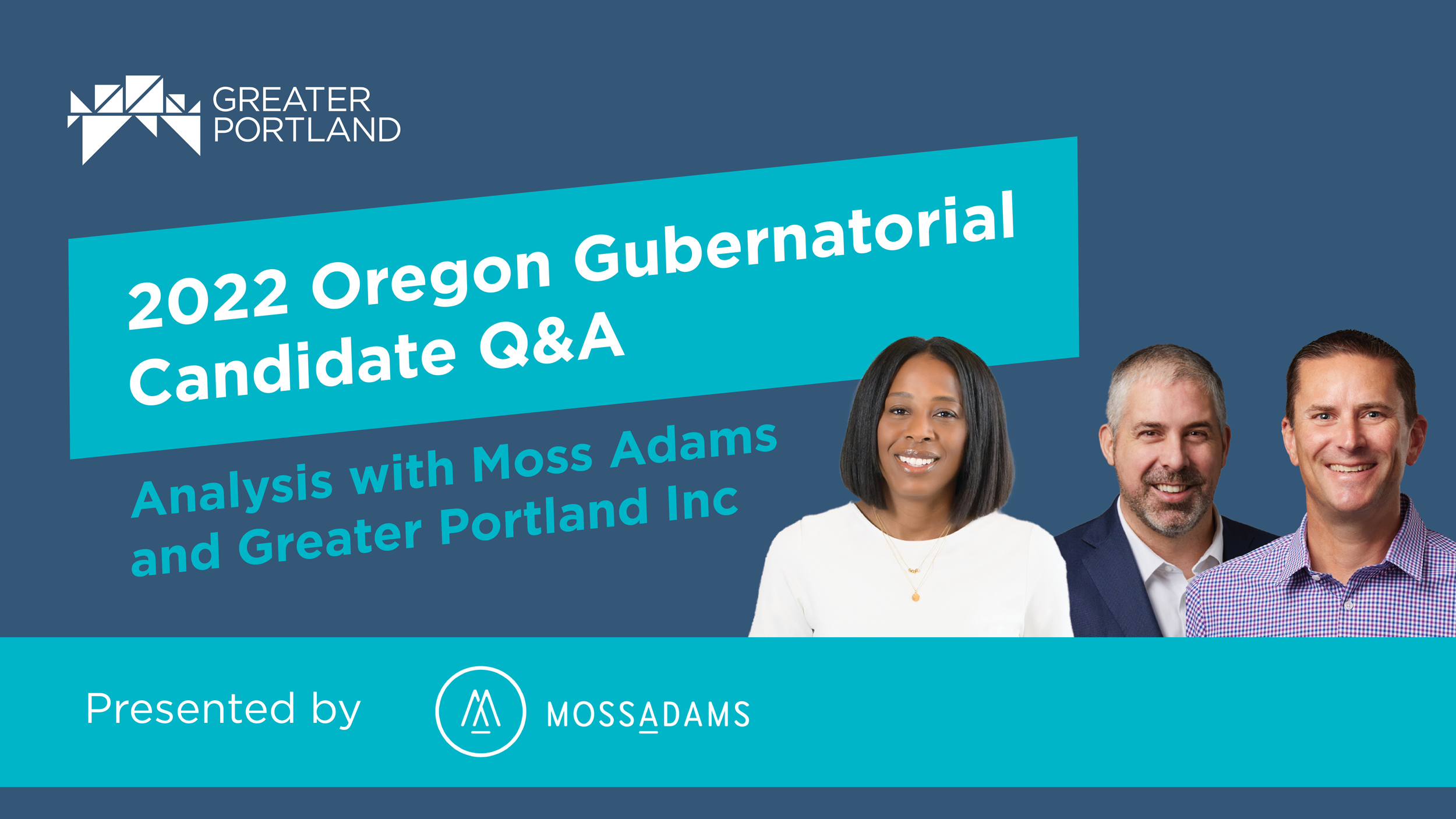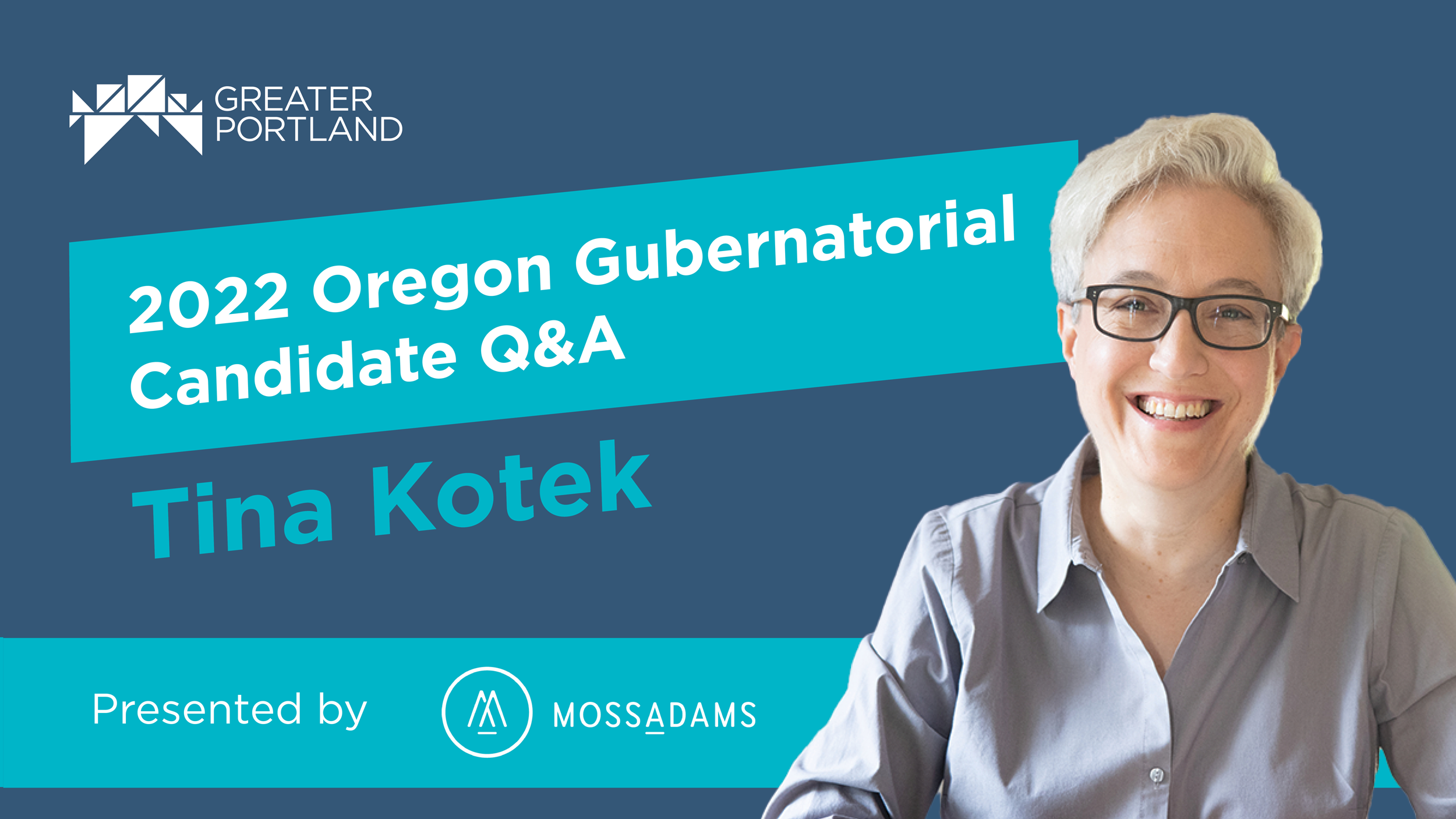Portland, Multnomah County and Metro tax alignment to reduce business tax burden
9 Nov 2022
In October, the City of Portland, Multnomah County, and Metro voted to pass a tax alignment effort, effective January 2023 tax year. According to Portland Business Alliance President Andrew Hoan, the agreement will help level the playing field for Greater Portland businesses. The changes will have several, positive impacts, he said. First, beginning in 2023, many businesses will likely see their tax burdens reduced. Second, thanks to a simpler and more user-friendly system, compliance will be easier. Third, companies outside the region will now help fund public services.
Below is an opinion piece about the agreement that appeared in the Portland Business Journal on Oct. 27.
Opinion: Portland tax agreement is a meaningful step with meaningful impact
Portland Mayor Ted Wheeler
Multnomah County Chair Deborah Kafoury
Metro Council President Lynn Peterson
Andrew Hoan, President & CEO, Portland Business Alliance
We are pleased to share that as of October 27, a tax alignment effort has been voted on and passed through our respective legislative processes at the City of Portland, Multnomah County, and Metro effective January 2023 tax year.
This effort will put our regional business community on a more competitive edge against out-of-state companies by likely reducing local companies’ tax burden, aligning our business taxes with the State of Oregon’s, while simultaneously maintaining, or likely, increasing revenue to our governments.
Greater Portland is the heartbeat of our state’s economy. Our city, county and Metro region collectively power job growth and economic output. As goes Greater Portland’s economy, so goes Oregon’s.
While the indicators for recovery are trending positively, we know that our businesses and region have faced the perfect storm of a multitude of crises that we are striving to address and move beyond.
The unique characteristics and strengths that define the Greater Portland economy are simultaneously our greatest challenges. We are on the Pacific Rim and are a trading community. Oregon is one of a handful of states that has a trade surplus heavily predicated on value added manufacturing. As a result, our companies compete with other innovative firms on a global scale. While our relationships with other nations and diverse supply chains are overwhelmingly positive, it also means our business community faces stiff, global headwinds.
We also know that, nationally, other states actively work to attract investment and expansion from our local firms. They are designing programs and incentives meant to induce companies to locate or expand elsewhere. As the leaders of our region’s governments, we are taking action to level the playing field with our partners in the private sector to retain local businesses, attract new ones, and strengthen the state of our region’s economy.
All you need to know to understand this effort is to look to the way the State of Oregon collects business taxes. In 2018 the state switched to a method that taxes businesses based on the location of their sales when assessing business tax. Prior to 2018 the State, like our three local governments presently, collected taxes based on the location of the business itself. For decades, this local method for decades has put businesses that choose to locate themselves within our jurisdictional boundaries at a disadvantage compared to those from out of our region, and outside of Oregon. This new method is known as market sourcing.
Think of a widget maker located in another state that has paying customers here in Portland. That firm is not currently paying any taxes on that business activity. Under this change they will have that business activity captured bringing in new revenue for the important programs that our business taxes fund.
Conversely, businesses that have chosen to make the City of Portland, Multnomah County, or Metro area their home will no longer have all their business activity taxed just because they are located here. They will only pay based on their local business activity. The current method has essentially been providing a tax benefit to out of state widget makers.
While we can’t know with absolute certainty the impact on our respective government’s budgets, we once again can look to the state for experience. During the November 2019 Oregon revenue forecast the state economist explained a steep increase in corporate income tax collections over 15 years. After ruling out the changes from Measure 67 in 2010 and the federal tax law changes in 2017, he recognized the state’s new market sourcing apportionment policy as the primary driver of revenue growth.
He told the legislative committee that Oregon significantly expanded its tax base by capturing out-of-state entities sales conducted in-state, even while reducing the tax burden on Oregon-based businesses.
This is the method with which all three local governments approved after reviewing the impacts of the switch.
In addition to the competitive edge this change will give to our local business community, it will also make filing far simpler, less costly, and more customer-friendly because the rules for all major business taxes will now be the same.
This isn’t the answer to all our region’s economic challenges, but it is an effective example of how the public and private sector can collaborate to improve public policy. Together, we can recover and compete on a global scale for the shared prosperity of our region.
More Topics


Tina Kotek talks industrial land, promoting Portland and trade in Q&A with Greater Portland Inc
Oct 19 2022

